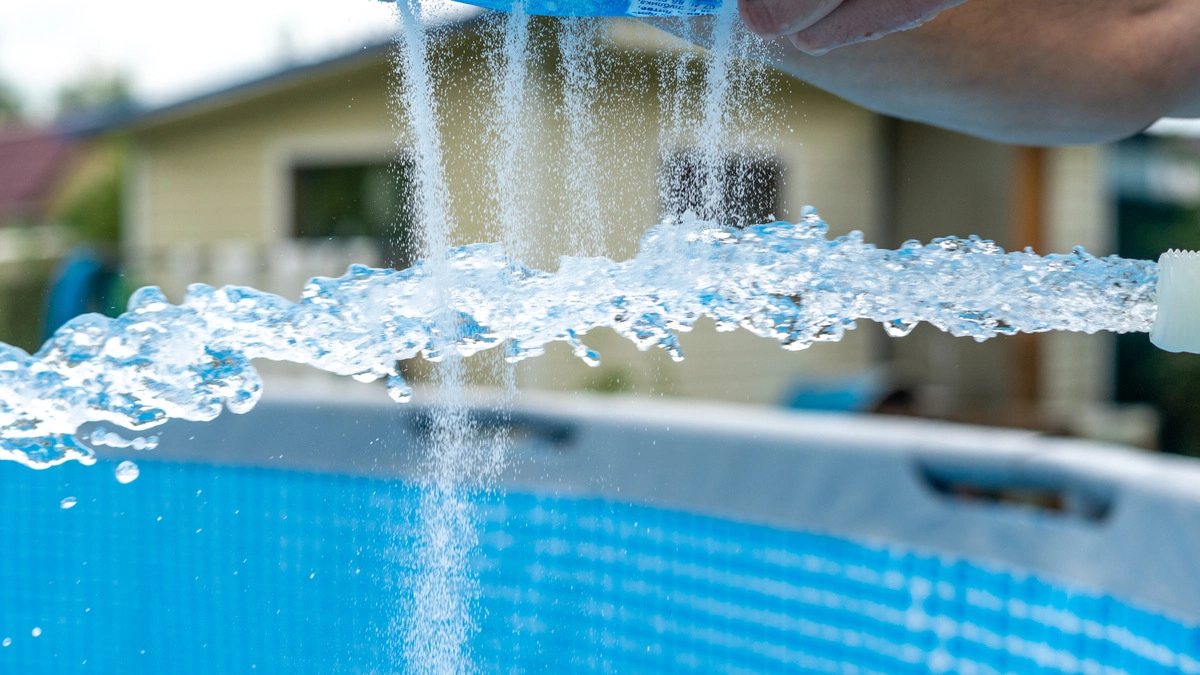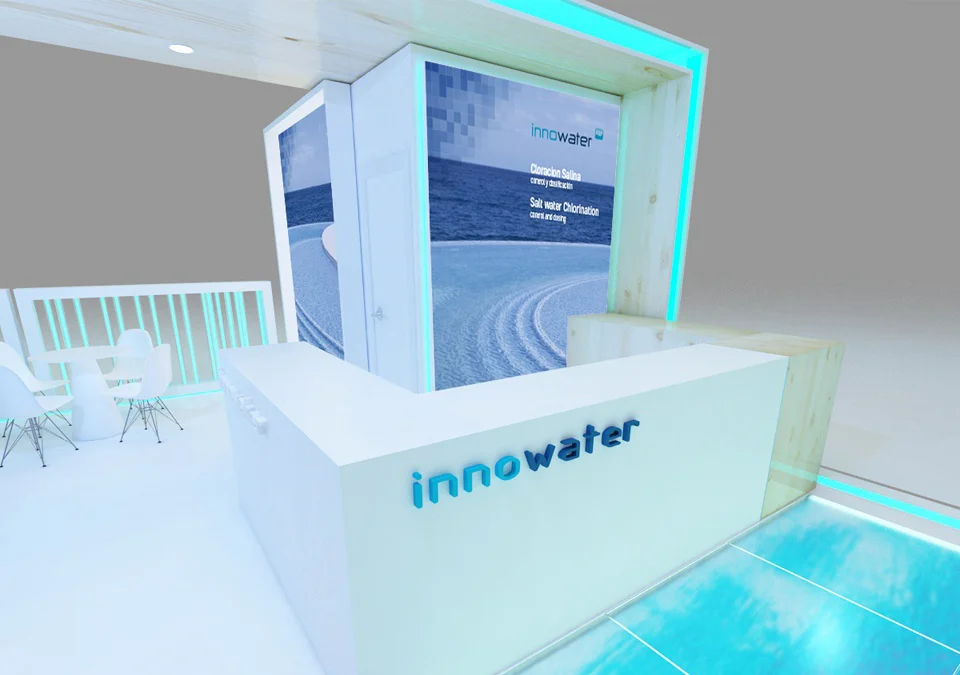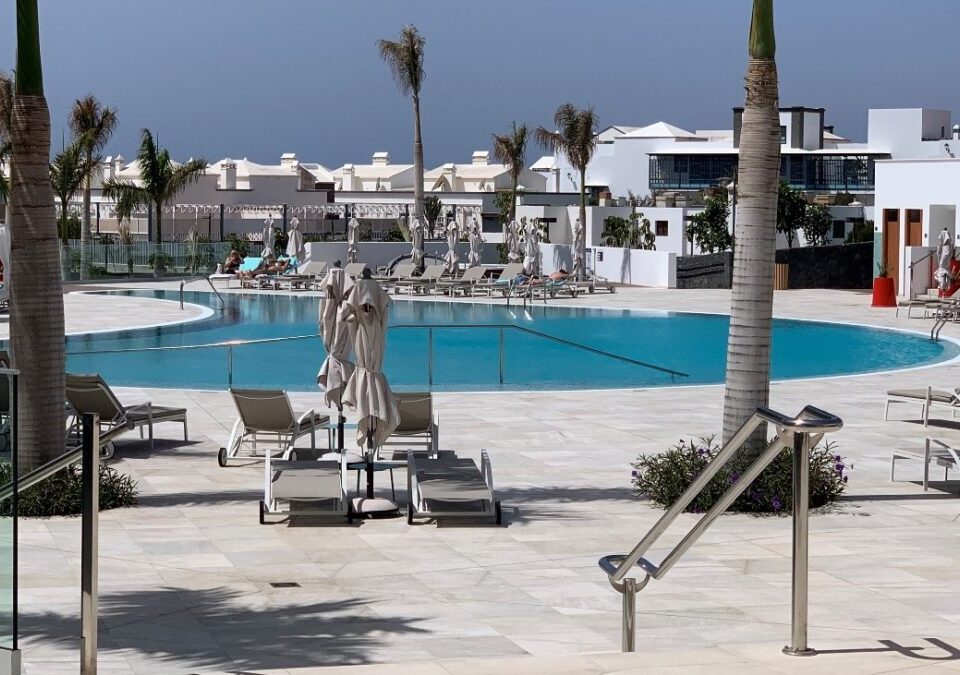
Saltwater Chlorination in School Pools: The Ideal Solution for a Healthy, Safe, and Eco-Friendly Environment
10 July, 2025
Savings of using a Saltwater Chlorinator in your pool
7 August, 2025If you have a salt chlorinator or are thinking about installing one, it’s important to know the main salt types for pool salt chlorination. The quality of the salt you choose directly impacts the chlorinator’s effectiveness, maintenance, and lifespan.
How does salt chlorination work
As you may already know, salt water chlorination is a treatment system in which salt dissolved in water is transformed into chlorine through electrolysis, minimizing the need for harsh chemicals.
Salt concentration required for pool water
Depending on the type and model of chlorinator and the type of pool, the amount of salt required varies:
Non-heated pools ➡️ Between 5 and 6 kilos of salt per m³ of water.
Heated pools (28-30ºC) ➡️ Between 3 and 4 kg of salt per m³ of water.
Common salt types for pools with salt chlorination
- Sea salt: natural and cost-effective, ideal for initial filling—but with higher impurities.
- Vacuum salt: fine, highly pure, dissolves quickly, easy to dose.
- Epsom salt (magnesium sulfate): used in spas and wellness centers; not recommended as the sole source for home systems.
- Multi-function tablets: salt combined with algaecides and flocculants; simplifies upkeep but ensure compatibility.
Expert tips
- Choose salt with ≥ 99.4 % NaCl purity.
- Avoid salts with incompatible additives or heavy metals.
- Always follow your chlorinator manufacturer’s instructions.
Conclusion
Choosing quality salt among the different types of salt for pool salt chlorination ensures clean, safe water and also extends the life of the disinfection system.
And if you don’t yet have a salt chlorinator, don’t hesitate to contact us, and we’ll advise you on choosing the most suitable model for your pool.




